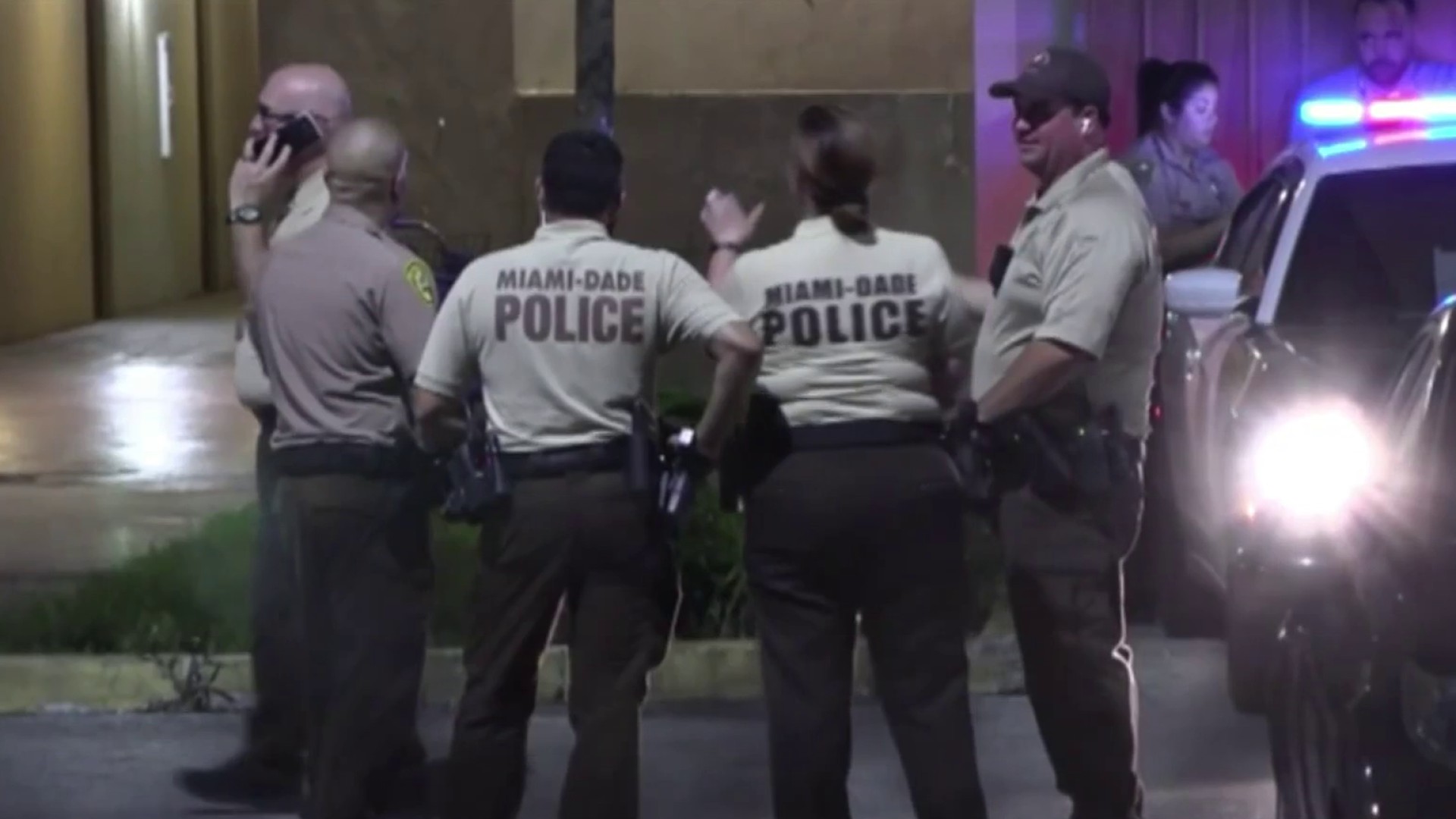More than 17,000 law enforcement agencies use Tasers. The devices are deployed at least 900 times a day, according to its manufacturer, Taser International. The company insists the tool is saving lives. Yet some scientists say the public needs to know about the potential risk the Taser poses.
“If an individual is shot in the chest, particularly over the heart area then there is the potential for the Taser producing cardiac arrest,” said Dr. Douglas Zipes, a cardiologist and professor at Indiana University School of Medicine. A study published last year in Circulation, an American Heart Association journal, looked at several people who suffered cardiac arrest after being Tasered.
The family of 18-year-old Israel Hernandez is also concerned about the safety of Tasers and is trying to change the way Miami Beach Police uses them. The teen died earlier this year shortly after police used a Taser on him.
Hernandez died one hour after he led police on a seven-minute foot chase. He had been caught spray painting.
“The most he did was run and I’m sure anybody would have run, anybody would get scared,” said Offir Hernandez, the sister of the teen.
A police dispatch call documents that the teen was in medical distress after being stopped by police.
“We don’t know if the guy is having a seizure, roll fire rescue on a 3 ... Back-up the rescue in reference to a cardiac arrest.”
Local
Israel Hernandez’s autopsy has yet to be released but his family insists he was a healthy teen. They believe the Taser likely took his life and say it was all because of a little spray paint.
“Paint is temporary. Life is permanent. We don’t have him anymore. That’s permanent and they already took his artwork out but he didn’t come home that day,” said Offir Hernandez.
Jerry Llanes, a Taser instructor at Miami Dade College’s School of Justice, says the Taser is the best less lethal tool available to law enforcement and is safer than batons and pepper spray.
“I will tell you this, the healthy officers that I have Tased throughout my career, we haven’t had a single incident,” said Llanes.
He also believes the Taser is saving lives.
“It can be utilized anytime there’s a physical confrontation where the subject has actually physically resisted the officer, pulling away, trying to hurt the officers,” said Llanes.
Florida law states officers can use a Taser if the subject “is preparing or attempting to flee or escape.”
Groups like Amnesty International are concerned Tasers are being overused by police.
“What we’re finding is Tasers are becoming more and more popular. They’re not used necessarily as a last resort before going to a more lethal weapon like a firearm,” said Thenjiwe McHarris, a spokesperson for Amnesty International.
The group says that since 2001, 540 people have died after being shocked by a Taser and in 60 of those cases, a Taser caused or contributed to that death.
Zipes is also calling for Tasers to be used judiciously. Zipes conducted the study of eight men who died after being shocked by a Taser.
“It was my conclusions that in these cases Taser produced cardiac arrest and death in all but one of eight. One person was resuscitated but with significant brain damage,” said Zipes.
Taser International, the company that makes Tasers, refutes those findings.
Steve Tuttle, vice president of communications for Taser International, said, “Dr. Zipes’ study is really – it’s eight cases in which he was the plaintiff’s witness and not one medical expert agrees with him."
Zipes said he doesn’t want to do away with Tasers but believes officers should avoid chest shocks.
Although Taser International disagrees with Zipes' statement that a Taser can potentially produce cardiac arrest for someone shot in the chest, the company is now recommending that the device be deployed below the chest. Llanes teaches his students at Miami Dade College to shoot for the back and legs.
A Wake Forest School of Medicine study published in 2012 on 1,200 people shocked by Tasers reports “overall, 99.75 percent of suspects sustained no or mild injuries.”
The American Medical Association agrees that Tasers “can save lives” but there should be a “standardized approach to the medical evaluation of subjects exposed to Tasers.”
Zipes said it's critical officers who use Tasers are prepared to help the people they are using them on.
“If you’ve just shot an individual with a Taser and that person is not responsive, think of cardiac arrest and begin CPR,” said Zipes.
Dr. Robert Myerburg, a cardiologist and professor at the University of Miami Miller School of Medicine, also has his concerns about Tasers and says law enforcement needs to be prepared to react.
“If you respond quickly to a cardiac arrest due to the mechanism that’s induced by Tasers then the chances of survival are pretty good. If you delay then the chances of survival are not good,” said Myerburg.
The Miami Beach Police Department said it couldn’t comment on the Hernandez case because it is an open investigation. The Florida Department of Law Enforcement is conducting a review of Miami Beach’s investigation and also declined to comment.



